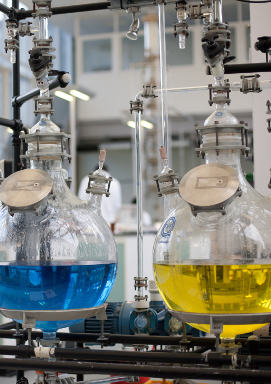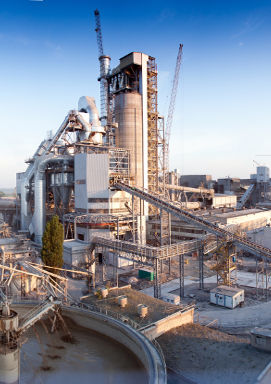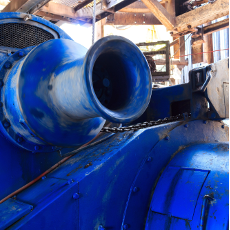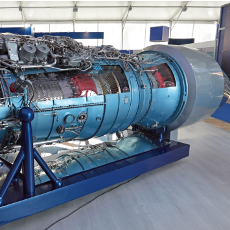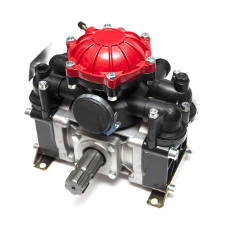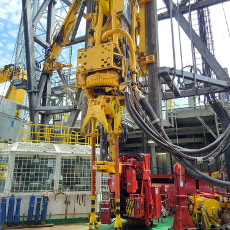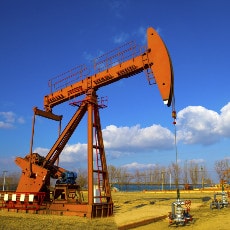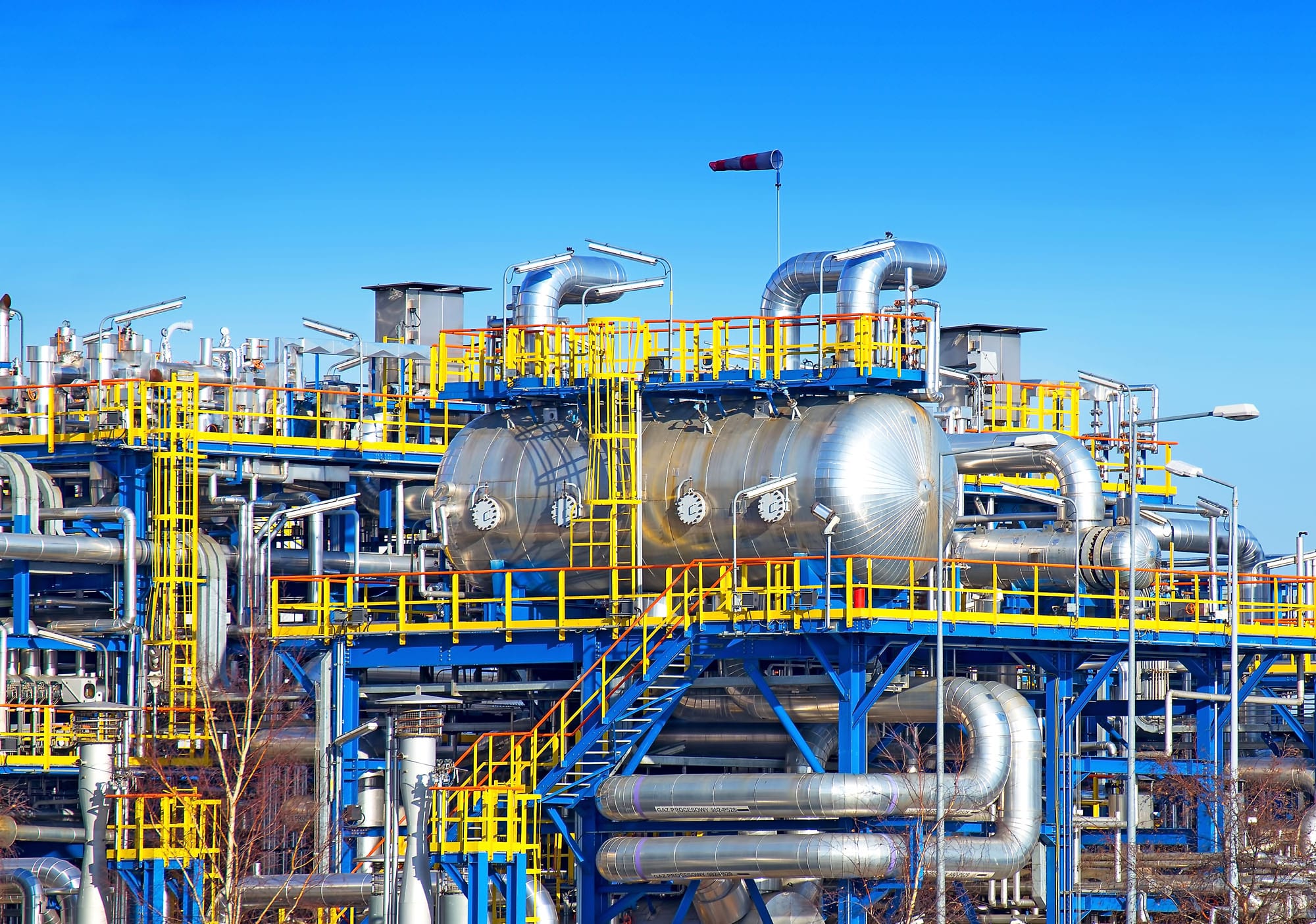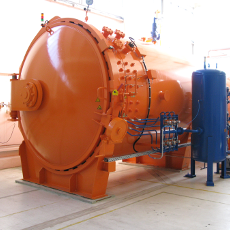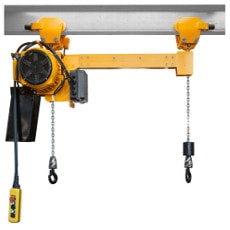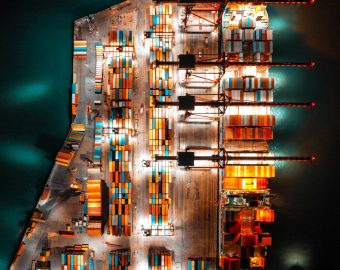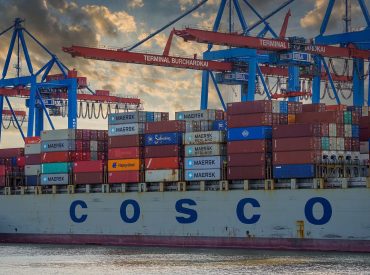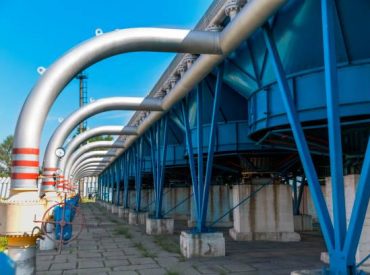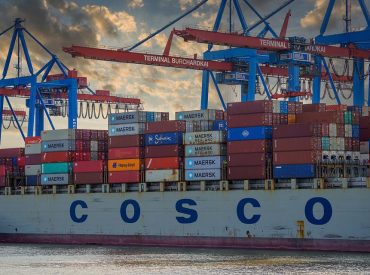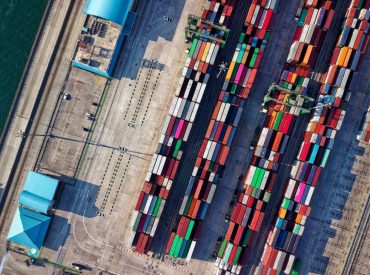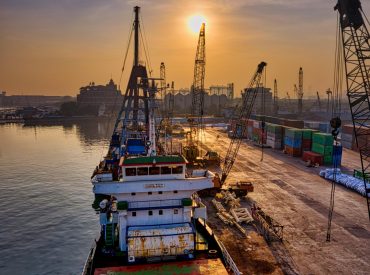We take immense pride in unveiling our latest masterpiece – our digital brochure. Packed with insights, expertise, and solutions that can transform your business, it’s a must-have resource for industry leaders and enthusiasts alike. Ready to explore a world of possibilities? Don’t miss out. Download our brochure today and embark on a journey of excellence with Refteck.
Discover the Powerful Oil and Gas Procurement Services That You Need Today
Because of a changing and increasingly uncertain environment, procurement in the oil and gas industry has become a vital factor in the sector's growth. We’re caught in a downward spiral of fluctuations caused by geopolitical and economic uncertainty, legislative constraints, and difficulties in oil and gas supply.
Not the strongest species survive, but those that can adapt the best. That is why oil and gas consulting companies work hard to change the rules of the game and create a new and innovative way of doing things. Procurement assists the industry by analysing cost-cutting opportunities, rewriting supplier relationships, and mitigating supply chain risks.
It's time to modify and improve the efficiency of the sector's procedures, and we'll show you how today.
 The upstream section is heavily regulated in terms of production access to reserves, price and taxation, and an increasing number of environmental laws. Due its worldwide character, politics between producing countries and huge oil businesses may be complicated. Without forgetting that upstream is exceedingly technological and consequently capital demanding.
The upstream section is heavily regulated in terms of production access to reserves, price and taxation, and an increasing number of environmental laws. Due its worldwide character, politics between producing countries and huge oil businesses may be complicated. Without forgetting that upstream is exceedingly technological and consequently capital demanding.
In this regard, cost reduction is a well-known reality in the upstream industry. However, given the actual high level of competitiveness, it has sparked firms' interest even further. Furthermore, it has come under increased scrutiny because of human and environmental losses.
To overcome this crossroads, it’s proposed to use the appropriate tactics for each company and embrace new digital technology to cut costs and increase efficiency. The objective is to achieve more long-term success. While the economic success of the US oil and gas shale formations has given the Midstream business segment new significance, the fact is that it’s still impacted by low oil and gas prices. Companies are being impeded by shifting economic and geopolitical conditions. Again, a strategy geared at lowering expenses and encouraging digital technology might yield better outcomes and more efficiency.
While the economic success of the US oil and gas shale formations has given the Midstream business segment new significance, the fact is that it’s still impacted by low oil and gas prices. Companies are being impeded by shifting economic and geopolitical conditions. Again, a strategy geared at lowering expenses and encouraging digital technology might yield better outcomes and more efficiency.
It's worth noting that a 2014 analysis predicted that over $640 billion in investment will be required over the next 20 years to leverage US petroleum and natural gas shale reserves. Margins, on the other hand, tend to hold or even expand when crude prices fall, since markets respond more slowly to reduced crude oil prices. It’s also a complex and diverse section that involves a variety of activities (refining, petrochemicals, distribution...) that necessitates a worldwide perspective due to the global structure of the energy supply chain, as well as the influence of supply and demand.
Margins, on the other hand, tend to hold or even expand when crude prices fall, since markets respond more slowly to reduced crude oil prices. It’s also a complex and diverse section that involves a variety of activities (refining, petrochemicals, distribution...) that necessitates a worldwide perspective due to the global structure of the energy supply chain, as well as the influence of supply and demand.
For refinery and petrochemical industries dealing with unpredictable pricing and growing regulations, operational efficiency is important. According to experts, companies will have to be as efficient as possible in managing plants and unit value to compensate. Again, finding the proper approach and technology to bring efficiency and innovation is critical.
In this regard, the oil and gas procurement services advocate tackling three major areas to improve industry performance:
Contact us today to see how our more than 15 years of expertise may help you revolutionise your business.
Not the strongest species survive, but those that can adapt the best. That is why oil and gas consulting companies work hard to change the rules of the game and create a new and innovative way of doing things. Procurement assists the industry by analysing cost-cutting opportunities, rewriting supplier relationships, and mitigating supply chain risks.
It's time to modify and improve the efficiency of the sector's procedures, and we'll show you how today.

Handling Industry-Specific Difficulties
The supply chain in oil and gas industry needs unique attention for each of its verticals. Each one requires special emphasis and attention. Let's look at some of the challenges that must be solved to save money and become more efficient.Upstream
The upstream segment of the oil and gas industry is undoubtedly the most complicated. The exploratory procedure is fraught with danger and unknowns. Hundreds of millions of dollars and several years are frequently invested before an oil and gas field, particularly offshore, becomes productive. The upstream section is heavily regulated in terms of production access to reserves, price and taxation, and an increasing number of environmental laws. Due its worldwide character, politics between producing countries and huge oil businesses may be complicated. Without forgetting that upstream is exceedingly technological and consequently capital demanding.
The upstream section is heavily regulated in terms of production access to reserves, price and taxation, and an increasing number of environmental laws. Due its worldwide character, politics between producing countries and huge oil businesses may be complicated. Without forgetting that upstream is exceedingly technological and consequently capital demanding. “Adopting the proper strategy and digital technological solutions
will assist in achieving long-term success.”
In this regard, cost reduction is a well-known reality in the upstream industry. However, given the actual high level of competitiveness, it has sparked firms' interest even further. Furthermore, it has come under increased scrutiny because of human and environmental losses.
To overcome this crossroads, it’s proposed to use the appropriate tactics for each company and embrace new digital technology to cut costs and increase efficiency. The objective is to achieve more long-term success.
Midstream
The industry of transporting oil and gas is regarded to be relatively low capital risk. Historically, the midstream section was seen as a minor component of upstream and downstream activities. However, it’s highly regulated, particularly the pipeline components, and the health of the upstream business determines asset investment. Finally, oil and gas costs have an impact on demand. While the economic success of the US oil and gas shale formations has given the Midstream business segment new significance, the fact is that it’s still impacted by low oil and gas prices. Companies are being impeded by shifting economic and geopolitical conditions. Again, a strategy geared at lowering expenses and encouraging digital technology might yield better outcomes and more efficiency.
While the economic success of the US oil and gas shale formations has given the Midstream business segment new significance, the fact is that it’s still impacted by low oil and gas prices. Companies are being impeded by shifting economic and geopolitical conditions. Again, a strategy geared at lowering expenses and encouraging digital technology might yield better outcomes and more efficiency. It's worth noting that a 2014 analysis predicted that over $640 billion in investment will be required over the next 20 years to leverage US petroleum and natural gas shale reserves.
Downstream
Thousands of items are supplied by the downstream industry to end-user clients all over the world. It’s a margin business, defined as the difference between the products made from crude oil and the cost of the crude oil delivered to the refinery. When crude price increases cannot be recovered in the market, downstream margins tend to be cut. Margins, on the other hand, tend to hold or even expand when crude prices fall, since markets respond more slowly to reduced crude oil prices. It’s also a complex and diverse section that involves a variety of activities (refining, petrochemicals, distribution...) that necessitates a worldwide perspective due to the global structure of the energy supply chain, as well as the influence of supply and demand.
Margins, on the other hand, tend to hold or even expand when crude prices fall, since markets respond more slowly to reduced crude oil prices. It’s also a complex and diverse section that involves a variety of activities (refining, petrochemicals, distribution...) that necessitates a worldwide perspective due to the global structure of the energy supply chain, as well as the influence of supply and demand. “The main consideration here is
operational efficiency”
For refinery and petrochemical industries dealing with unpredictable pricing and growing regulations, operational efficiency is important. According to experts, companies will have to be as efficient as possible in managing plants and unit value to compensate. Again, finding the proper approach and technology to bring efficiency and innovation is critical.
Changing the rules, transforming the industry
The oil and gas business, by definition, has features that necessitate a specific procurement approach. Without going any further, there is a need to improve communication across departments and to create action plans that standardise practises and procurement processes.In this regard, the oil and gas procurement services advocate tackling three major areas to improve industry performance:
- Practises
- Technology
- Communication
Practises
A defined operating procedure improves the coherence of the organisation and offers structure for getting things done. Determine fair practises, inform your staff about which suppliers are priority, and which purchases require prior clearance. Another thing to keep in mind is that acquisitions do not have to jeopardise the company's ideals and culture, which are two of the most important factors in procurement strategy.Technology
When it comes to adopting oil and gas procurement strategies, technology is inextricably interwoven. Although there're software solutions specialised to specific stages of the procurement process (for example, asset management or inventory management), they don't encompass the full process. That is why experts advise utilising EAM (enterprise asset management) software, which is used to manage, operate, and dispose of corporate assets. It may also be linked with current accounting, finance, and reporting applications.Communication
Using big data and machine learning, you can collect high-quality data that can be easily shared across departments, ensuring that all teams have access to the same information. As a result, all teams will be more operationally collaborative. Using a data-driven strategy will make it simpler to make knowledgeable decisions. Decisions based on data analysis can save you up to 60%.We are here to help you
Refteck Solutions' skilled employees provide unrivalled procurement and supply chain experience, resulting in solutions that are highly inventive, strategic, and cost-effective. Our clients come from a variety of sectors, including oil production, drilling, and petrochemical processing, as well as mining, gas treatment, and refining.Contact us today to see how our more than 15 years of expertise may help you revolutionise your business.


















